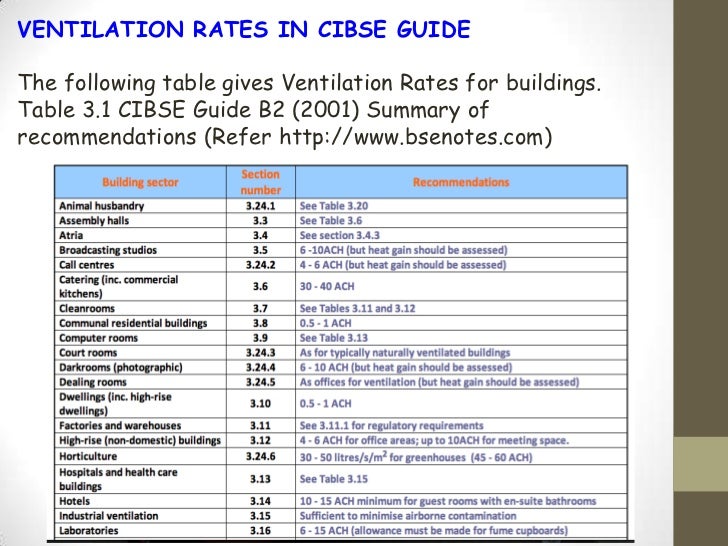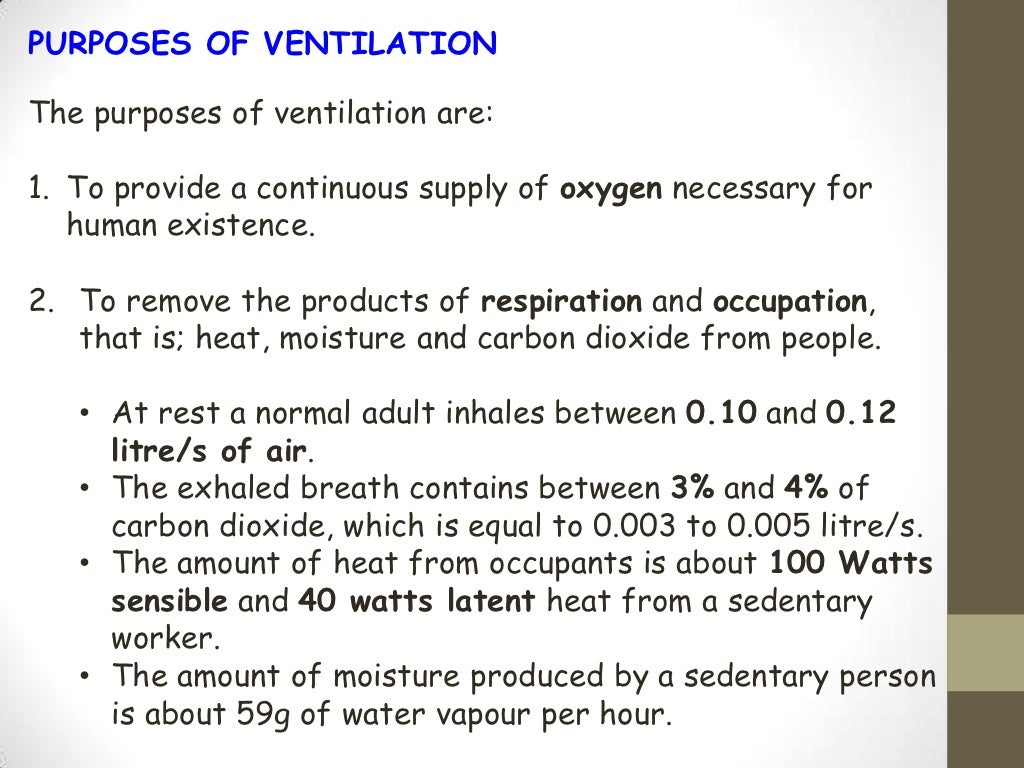
Multiple studies have demonstrated that the virus may remain viable after aerosolization in the indoor environment ( Fears, Klimstra & Duprex, 2020 Lednicky, Lauzard & Fan, 2020 N. Van Doremalen, Bushmaker & Morris, 2020).
RESTROOM MINIMUM VENTILATION RATES IN BREATHING ZONE HOW TO
It is important to explore how to improve air quality in buildings and cities for creating sustainable and socially resilient cities. The vast majority of COVID-19 infections occurred in and around buildings. The novel coronavirus disease (Covid-19), caused by the SARS-CoV-2 virus, has spread throughout a wide geographic area ( Iyanda, Adeleke & Lu, 2020 N. Van Doremalen, Bushmaker & Morris, 2020), creating significant social and economic disruptions in various countries ( Iyanda et al., 2020), and causing more than 5.5 million deaths as of the mid-January 2022 ( N. Van Doremalen et al., 2020). Therefore, the DV system was better than the MV system.

The ventilation effectiveness of the MV system was close to 1.0, but it was much higher for the DV system. While for the DV system, increasing the ventilation rate from 2 ACH to 4 ACH and 6 ACH reduced the particle concentration by only 10% and 40%, respectively. The increase in ventilation rate from 2 ACH to 4 ACH and 6 ACH for MV system reduced the particle concentration by 20% and 60%, respectively.

However, the improvement was not proportional to the ventilation rate. An increase in ventilation rate can reduce the particle concentration under the two systems. Because of the vertical stratification of the particle number concentration, the DV system provided better indoor air quality than the MV system. The air temperature and particle number concentration under the MV system were uniform, while the DV system generated a vertical stratification of the air temperature and particle number concentration.

The results show reasonably good agreement between the computed results and measured data. By using a computational fluid dynamics technique and advanced experimental measurement methods, this investigation studied the air velocity, air temperature, and particle number concentration in an office under a mixing ventilation (MV) system and a displacement ventilation (DV) system with different ventilation rates. Effective ventilation could reduce COVID-19 infection in buildings.


 0 kommentar(er)
0 kommentar(er)
